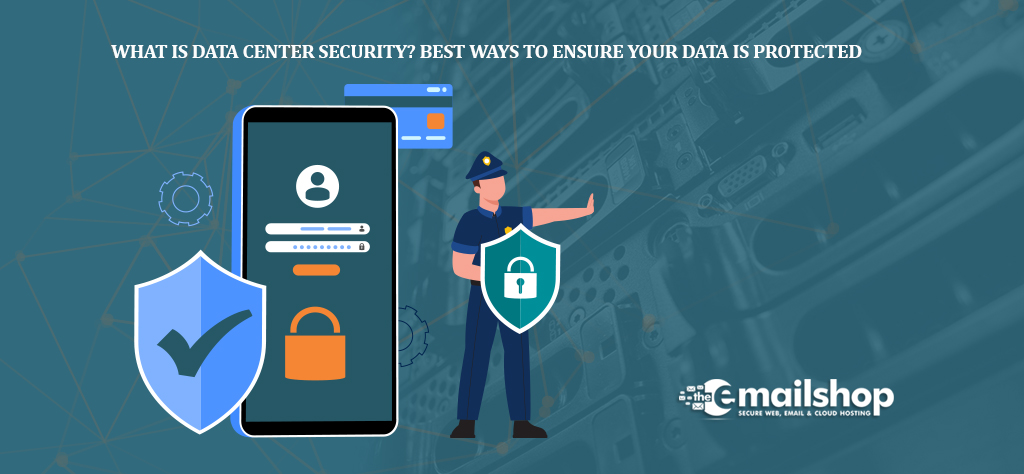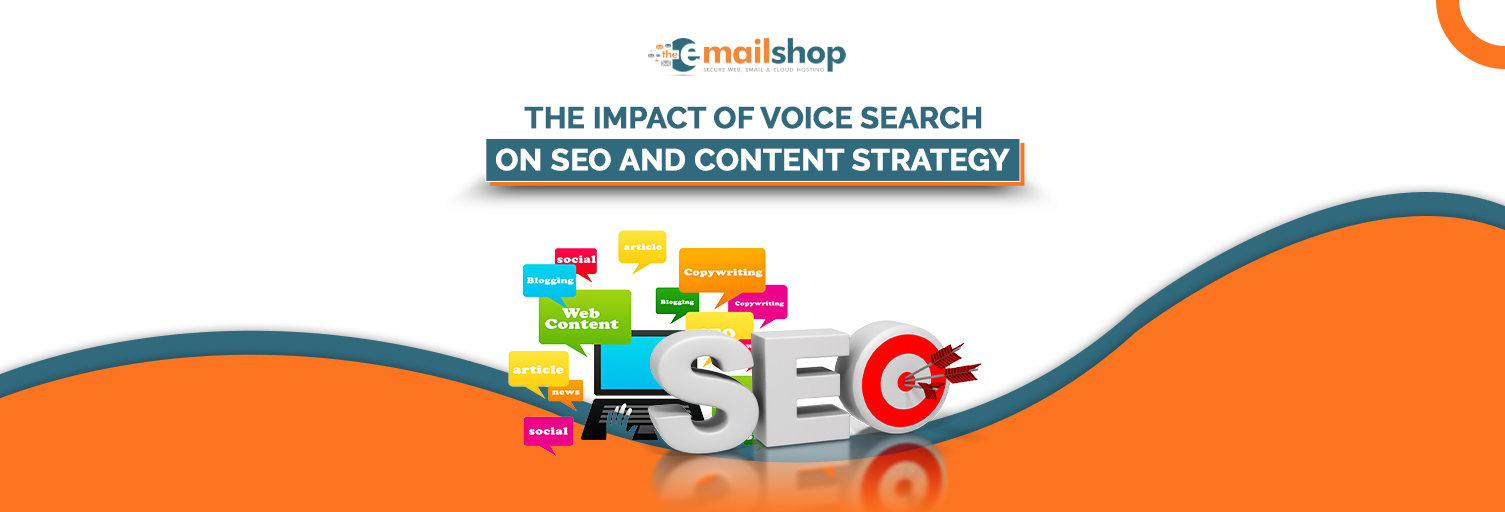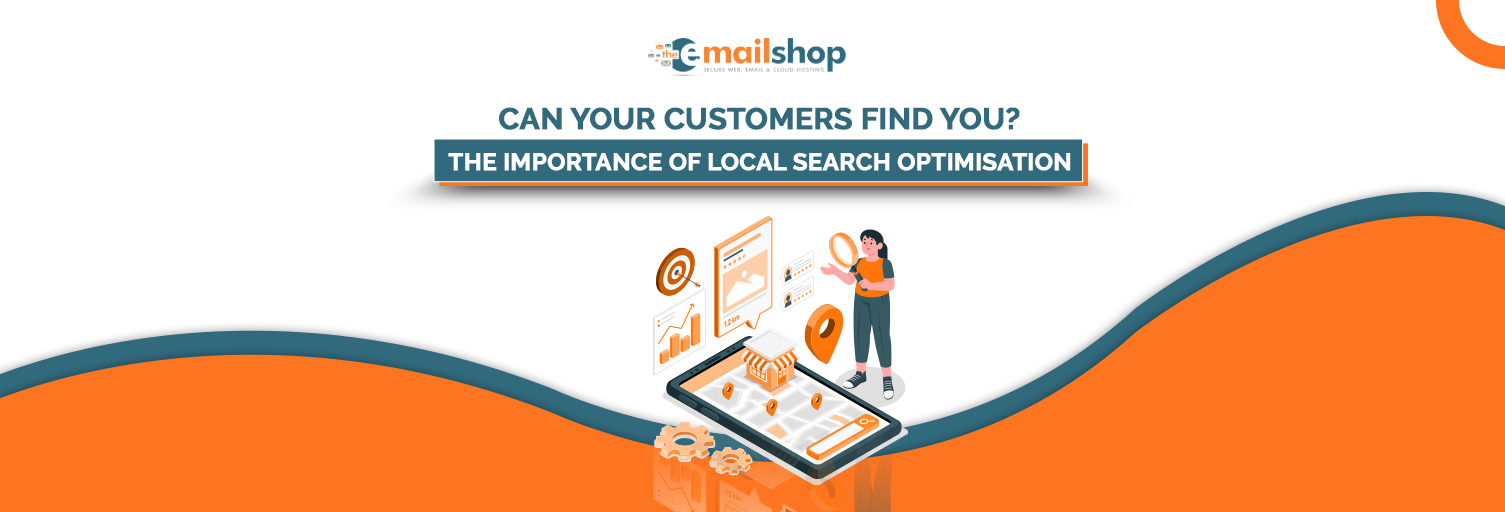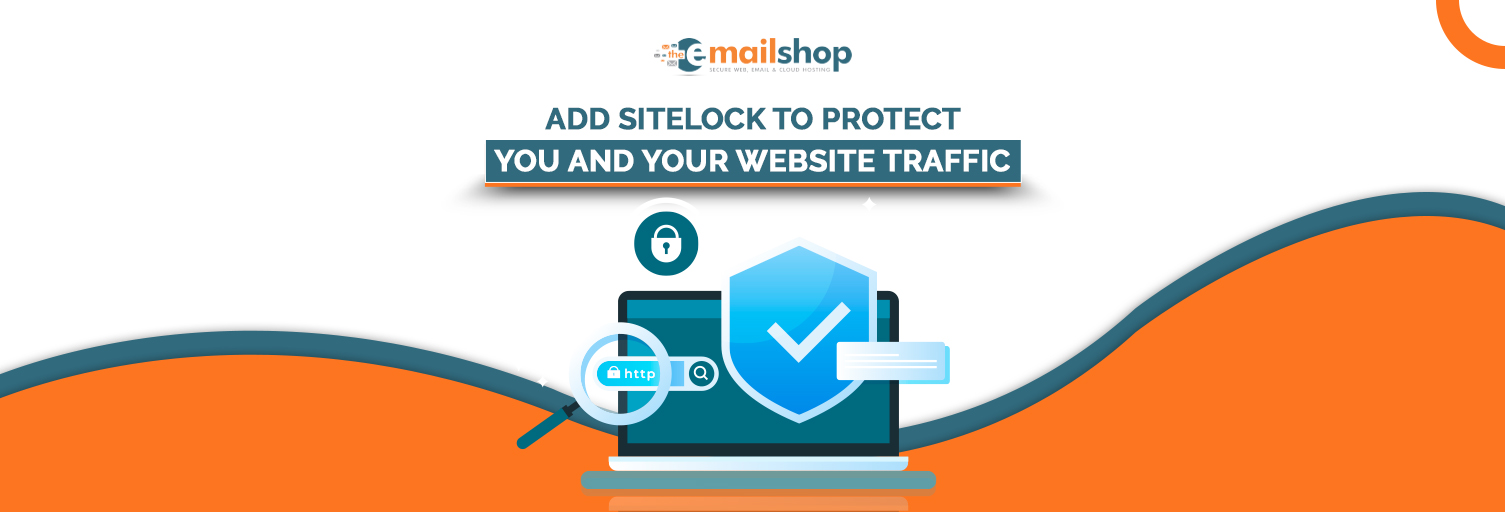The term “data center security” applies to the many advancements and virtual innovations that are carried out on the premises of a data center in order to protect it from assault by threats that come from the outside. This protection may take the form of firewalls, intrusion detection systems, and other similar measures. A data center is a building that contains information technology equipment. This infrastructure is made up of computer networks and storage space, all of which are put to use in the process of organizing, analyzing, and storing massive volumes of data. The facility that houses this infrastructure is known as a data center. When a private corporation shifts its computer operations to the cloud, the costs of maintaining its own centralized computing networks and servers may be decreased. This is because cloud computing is a more efficient model. Customers of data centers often get a variety of services from these facilities, including data backup, including data storage and networking.
Websites need to have both digital and physical security measures in place in order to protect the sensitive or confidential information that is stored in data centers. Examples of this kind of material include customer data and intellectual property.
How to secure a data center
To ensure the safety of complex data centers, individual security components need to undergo independent evaluations while adhering to an overall security strategy. There are two main categories of security: software security and physical security. The term “physical security” refers to a broad variety of procedures and tactics that are used to protect against intervention from the outside. Cybercriminals are prevented from joining a network by software or virtual security that prohibits them from evading the firewall, breaking passwords, or entering via other vulnerabilities.
Physical Security
The architecture and layout of a data center facility are tied to the most obvious security aspects of the structure. The facility itself might have been created to serve a single purpose, or it could have been constructed to serve many functions simultaneously. The latter functions as a shared space and perhaps houses companies that are unconnected to the data center. In order to offer buffer zones of impact-resistant obstacles, data center operations are often constructed a distance from main roadways.
The number of people who are permitted entry into a data center is usually restricted. The majority of them do not have any windows that face the outside, and there are not many entrance points. Using video from surveillance cameras mounted around the building’s outside perimeter, security officers within the building keep an eye out for any potentially suspicious behavior. Visitors will be required to use a technology known as two-factor authentication, which consists of both having their personal identification verification (PIV) cards scanned and inputting their own personal passcodes in order to gain access to the building. In addition to the use of employee badge readers, other forms of biometric identification software, such as fingerprint scanners, as well as facial expression detection and recognition software, may be utilized.
Software Security
The most apparent dangers to data kept in a data center come in the form of hacking, malware, and spyware. Utilizing a security information and event management (SIEM)\, is one way to acquire a real-time view of the security posture of a data center. A SIEM may assist in providing visibility and control over a wide variety of systems, including alarm systems as well as sensors located on the perimeter fence.
Establishing safe zones inside the network is one way that may be used to include extra levels of security in the data center. Administrators have the ability to divide networks into three different areas; a testing area that has a great deal of flexibility, a development area that has a somewhat more controlled atmosphere, and a production region that contains only certified production equipment.
When software applications such as Skype, Zoom and Google Meet are made available to users, a vulnerability check may be carried out on such apps using certain technologies. This scan first searches for vulnerabilities that may be exploited easily and then offers metrics and potential solutions to fix such vulnerabilities. It is possible to use a scanner to investigate a code sample in order to search for system vulnerabilities and other kinds of vulnerabilities. The development of cloud computing has made it very vital to have visibility into data flows. This is due to the fact that it is possible for harmful software to be masked as legitimate traffic while it is really being transmitted across the cloud.
Who needs data center security?
For a data center to remain operational, it is necessary to implement some kind of safety precaution. A number of the components that make up “security” are, in reality, uptime features. These components include multiple power sources, various environmental controls, and many more. It is possible to organize data centers into four tiers: each tier corresponds to a distinct business function and establishes acceptable criteria for cooling, maintenance, and the capacity to endure an error. Each tier displays, in essence, how fault tolerant the system is, measured in uptime, as well as what sort of protection it could need.
You Might Also Like to Read: Best UK Colocation Server Hosting Providers Review (2022)
Different ways to protect data
For a very long time, companies have made it a top priority to protect your passwords as well as your personal information from being accessed by anyone from the outside. However, in order for customers and people to keep their sensitive personal information safe and secure, it is becoming more vital for them to follow data protection guidelines and implement sensible practices. There is a wealth of information available on the most effective methods for families and consumers to protect their passwords and laptops from hackers and other cyberterrorists. Some of these ways are to change your password often, use a mix of letters and numbers, and encrypt the information. Additionally, there is information available on the safest practices for using the internet. There are several methods given below by which data may be secured from intruders and cyberattacks.
Encrypt your data
Anyone with access to modern tools may encrypt their emails and other sensitive information; data encryption is no longer the exclusive domain of technology enthusiasts. A few years back, only mathematicians and computer scientists had any interest in encryption, but now encrypting files and emails is not a challenging task due to a variety of technologies that are accessible to the public and are freely available. For example, FileVault is a tool that encrypts the contents of a computer’s hard drive and is included with recent versions of operating systems. It was designed to protect data stored on a computer from eavesdroppers.
Backup your data
Backing up your data is one of the most fundamental data security measures, but it’s also one of the most neglected. This basically generates a second copy of your data so that in the event that one of your devices is misplaced, hacked, or compromised, we will not also lose the information that is vital to us. 66 percent of local businesses do not have a strategy to recover after a crisis, according to the insurance firm Nationwide. This is something the Nationwide insurance company points out. The issue here is that the length of time it takes you to recover your data will directly correlate to the amount of money you will lose.
Make your old computer’s hard drives unreadable
It is possible to get a significant amount of information from outdated computer equipment. Nevertheless, you may secure your private information by rendering hard drives unreadable before disposing of them. Make the hard discs of any outdated machines unreadable. After you have made a backup of your data and moved the information to another location, you will need to clean the drive by either destroying the disc, cleaning it magnetically, or using software to completely wipe it clean.
Secure your wireless network at your home or business
It is usually advisable to secure your wireless network with a password. This is a helpful piece of advice for owners of small businesses as well as individuals or families. This stops unauthorized nearby users from taking control of your wireless network without your permission. You don’t want to accidentally disclose confidential information to other people who are accessing your network without your permission, even if they are only looking for free Wi-Fi.You do not want to share this information with anybody else. If your place of business makes use of Wi-Fi, you should take precautions to ensure that the network is private, encrypted, and difficult to access. To hide your Wi-Fi network (SSID), set up your wireless access point or router so that it doesn’t broadcast the network name. This is sometimes called the Service Set Identifier.
Encrypt data on your USB drives and SIM cards
If you encrypt the data that is stored on your portable storage devices, it will be more difficult for cybercriminals to access your personal information, but it won’t make it impossible. If your device is lost or stolen, criminals will still be able to access your data. The user may access any and all of the data that is stored on a detachable storage device by simply plugging it into another device, like a USB drive or SIM card, for example. It is possible for someone to take your USB drive and insert it into another computer. If they do this, they will be able to see all of your information and may even be able to install malicious software or viruses on your flash drive that will infect any machine that it is inserted into. Encrypt your SIM card in the event that your phone is ever lost or stolen, and remove it before selling an outdated mobile phone that you no longer use.
Disable file and media sharing if you don’t need it
It may be more convenient for you to exchange files across PCs if you have a wireless network set up in your house that allows several devices to join. On the other hand, there is no need to make files accessible to the public if doing so is not essential. Make sure that certain of your folders are only shared on your local network by using the home network.
For Discount and Offers, Visit our Official Twitter Page









